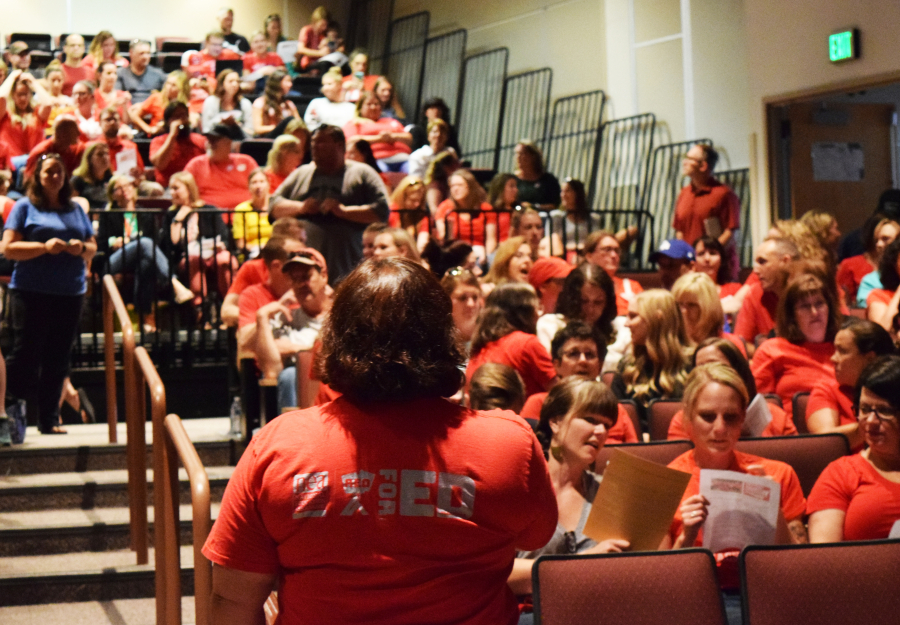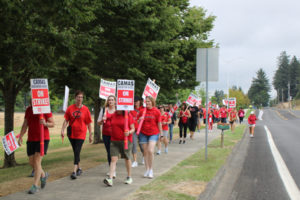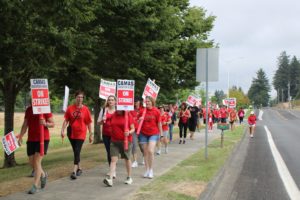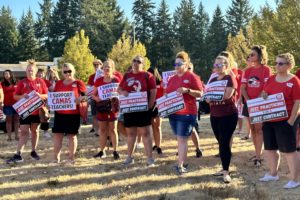The Camas School District avoided a teacher strike this year, but that doesn’t mean the district is completely out of the woods.
Like many Washington school districts trying to figure out the state’s new public school-funding model after state legislators’ “McCleary fix,” Camas faces long-term challenges.
The district and the Camas Education Association (CEA) teachers union came to agreement on educator salary schedules using state-allocated funds to increase teacher pay and fulfill the Washington Supreme Court’s McCleary decision, which ruled it is the state’s paramount duty to fully fund public education.
CEA president Shelley Houle said the two-year agreement in Camas has a first-year salary schedule that gives entry-level teachers $50,727 per year, while teachers with 16 or more years experience and a master’s degree plus 90 continuing education credits will make $97,529 per year.
In the second year, entry-level teachers will earn $52,868 and educators with 15 or more years of experience and a master’s degree plus 90 continuing education credits will make $100,110 per year.




